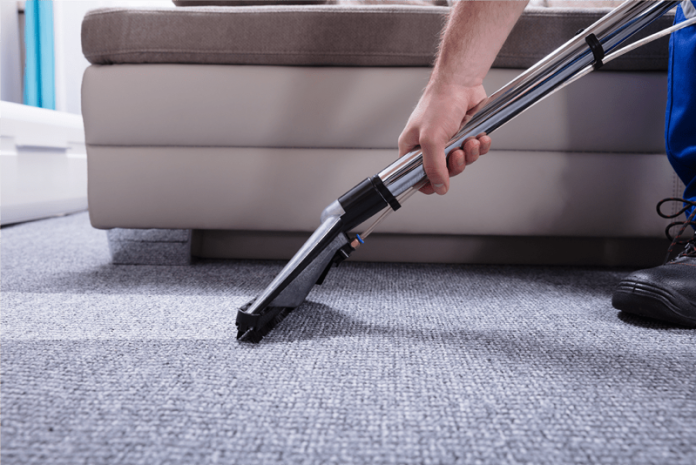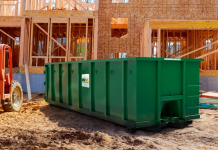Do you have a leakage that has caused severe damage to your carpet? Dealing with a damp carpet is no joke, whether you’re cleaning up after a flood or a busted pipe. Aside from the obvious aesthetic detriment, water seepage through wet carpet may also harm walls, furniture, and even electronics. What should you do if your carpet becomes wet, and how can you minimise the damage? That’s what you’ll learn here.
Signs Of A Wet Carpet
At first glance, this may appear to be a ridiculous question, yet there are occasions when a carpet is genuinely wet but doesn’t look wet. There might be some residual dampness lurking beneath the carpet’s surface. If the carpet is damp, you should investigate a less noticeable area of the house for a leak.
Carpets with moisture issues are often identified initially by the unpleasant stench that arises from the place. If you don’t get rid of the source of the stink, it will spread through your home’s air and make everyone sick. Constant illness and allergy problems in family members and pets, as well as discolouration in parts of your carpet, are further indicators of retained moisture.
The Importance Of Drying A Wet Carpet On Time
No matter how long ago the water began to seep in, fixing the problem as soon as you become aware of it is essential. Letting a wet carpet lie around might ruin the carpet, padding, and subfloor. Mould and mildew may grow on a damp carpet if left unattended, lowering the air quality in the home and perhaps causing health concerns.
Tips For Drying Wet Carpet
If you have a wet carpet, there’s no time to lose. Follow these steps to dry your carpet correctly and prevent moisture and mildew from spreading.
- To ensure you have a dry surface to work on, take stock of your furnishings and remove anything soaked.
- Get rid of as much moisture as you can by sucking it out with a wet vacuum.
- To hasten the drying process and reduce lingering odours, you should open up as much of the affected area’s airflow as feasible. To speed up the drying process, open windows, switch on fans and set a high-speed fan on the floor.
- We recommend using very powerful fans for this purpose. Any circulation is preferable to none, even if you have access to regular fans. Consider renting a dehumidifier if you need to get rid of a lot of moisture.
- If you replace the underlayment, you can save the carpet from mould infestation.
- Detoxify and freshen up a damp carpet by steam wet carpet cleaning
- Baking soda is fantastic for defoaming and eliminating lingering moisture. Putting baking soda over the carpet and letting it soak for at least half an hour should help remove any stains. After that, you can vacuum it and walk around on dry carpets.
It’s also important to disinfect the rest of the room to stop the spread of mould and mildew. To remove any remaining moisture and mould, scrub the baseboards and walls to have a clean and dry indoor space.




